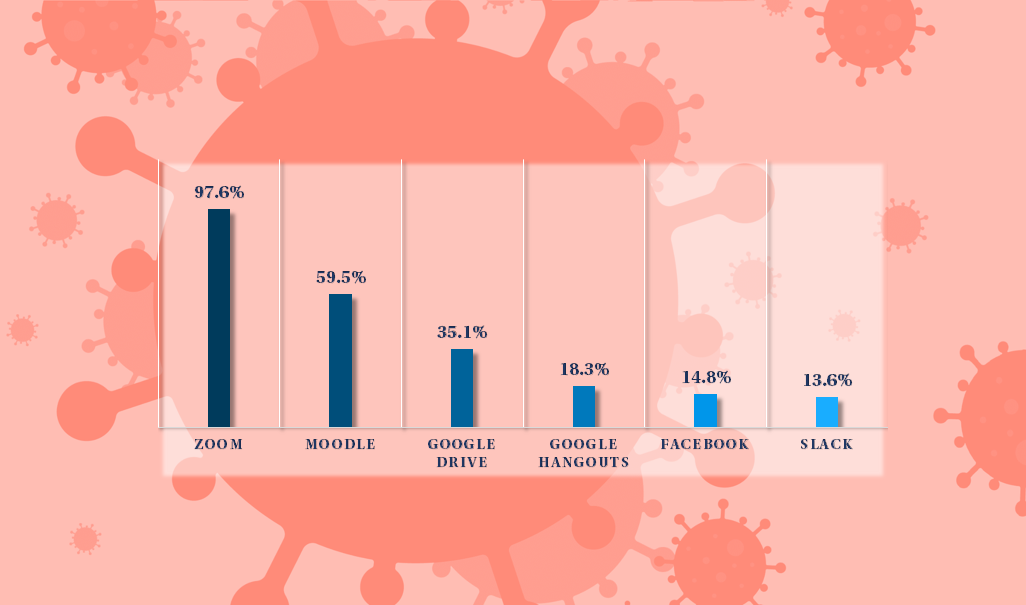
Digital learning has become much more prevalent since the global pandemic. There’s been a mixed bag of offerings and success, from the emergency actions taken back in early 2020 to teams really developing their skills and embracing different modes of learning.
I’ve teamed up with behavioural scientist, Jane Daly to run a survey to find out more about live online and hybrid learning experiences, so that we can design and deliver based on real evidence. There are some early trends emerging.
The virtual user experience
One of the themes to come out of the responses so far (mostly from the UK and USA) is that virtual learning makes people tired (57% of respondents) and reduces concentration (28%). As live online learning designers and facilitators, this is important to consider in our design and delivery. In terms of length of sessions, you need to know the context of your audience and how they are attending. There will be a vastly different experience between people attending from a busy work environment where they may be interrupted and that of someone attending from home without distractions.
Barriers to virtual learning
We asked people to pick the top three barriers that disrupt their experience of live online learning. Technology was of course a significant factor, with platforms like Zoom, Teams and so forth being the methods of connection with each other. Technology issues included sound (45% of respondents), attendees not knowing how to use the platform (45%), the facilitator not understanding the technology (32%) and network or bandwidth issues (32%).
There are different responsibilities here when it comes to technology. The learner’s organisation has responsibility when it comes to people having the right equipment to attend sessions and meetings, wherever they are. How much of the facilitator’s knowledge is the responsibility of the organisation to provide the space and how much is the individual’s responsibility? If a person hasn’t been given any time, or perhaps access to the platform other than for their sessions, let alone any formal training, then they are going struggle from the beginning this is another emerging theme.
Who isn’t buying-in yet?
A third theme is all about convincing people that live online learning is worth the time and investment. Some comments from our survey around challenges include: “Convincing educators to redesign the learning for online/virtual delivery”, “Having time to adapt material” and “Getting ILT instructors onboard with new ways to engage virtual students”. There are comments about this in different sectors and these challenges with managers as well as clients.
Clearly some people view virtual training still as a stopgap until we get back to face to face and therefore aren’t prioritising this work. This is at the cost of quality of learning and subsequently impact on workplace performance.
We need to make sure that L&D and HR managers along with senior stakeholders understand the difference between something that meets the minimum requirements of a live online learning intervention, and something that really inspires learners and means that your facilitators have had a confident and passionate experience too.
From good to great
There are successes and good news in the survey. People are getting support from their organisations and knowing where to go to follow good practice and develop their skills in terms of design and delivery. In terms of learners, they want interaction, well-designed sessions and facilitators that know what they are doing.
We need more voices and evidence to add to this initial insight, and having you, your colleagues and your learners contributing to ‘Through the lens of research: virtual and hybrid learning’ survey will help us all. It’s open until 4th November 2021. Simply click here to join the conversation to have your say. We will be sharing more results once we have them.
[“source=trainingjournal”]



